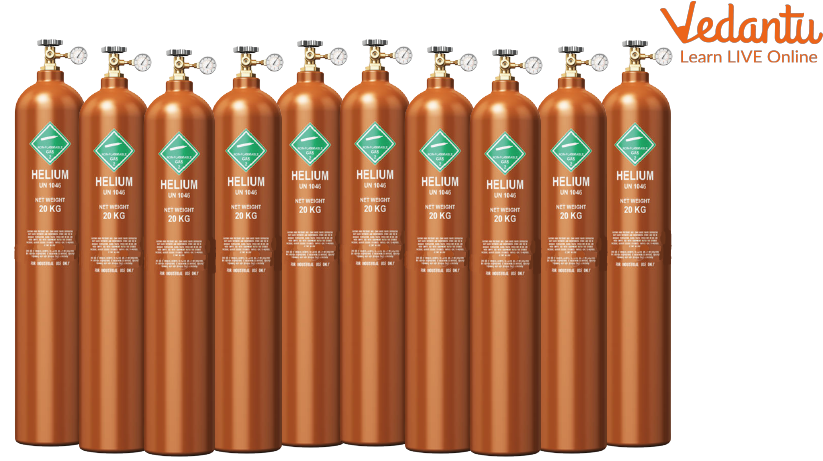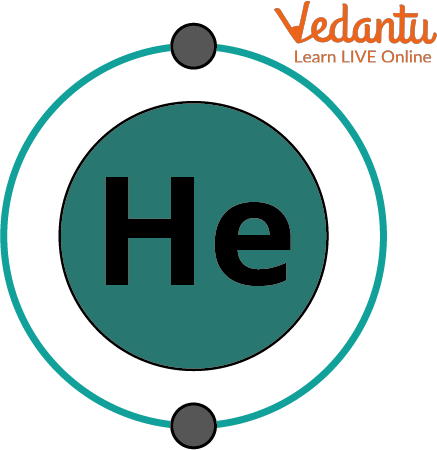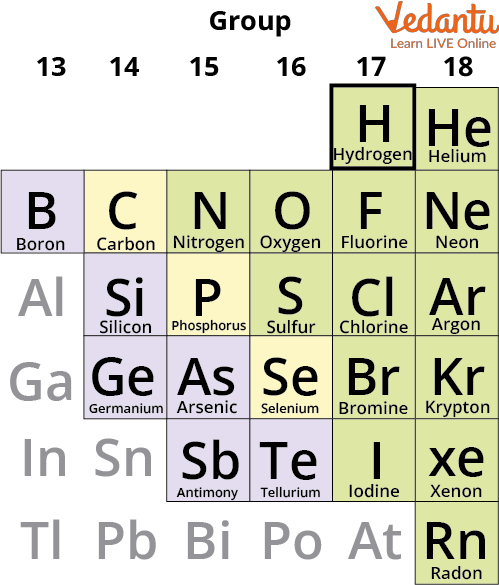




An Introduction to the World of Helium
Kids love to play with balloons. There are numerous kinds of balloons these days. But have you noticed some balloons fly in the air and some remain on the floor? Have you ever thought about what makes balloons fly or remain erect in the air? This is because of the helium gas present in the balloons which keeps balloons floating in the air and what it looks like is shown in the picture below.

Floating Balloons
Helium is a very light colourless gas that does not burn and thus is non-flammable as it is safe. It is often used to fill objects that float in the air. It is a chemical element of the noble gas group found especially in natural gases. Helium gas is used in numerous things. It is also used in oxygen cylinders. Let us learn more about helium.

Helium-Oxygen Cylinders
General Properties of the Helium Gas
Helium is colourless, odourless, and tasteless gas. Also, it is non-toxic in nature. This gas has low chemical reactivity. Moreover, it has the lowest boiling point as compared to other gases. The symbolic representation of this gas is as He and belongs to group 18. It also has the lowest freezing point.
Helium is considered to be lighter than air and is very important in its applications. This gas is also unreactive in nature and has the ability to conduct heat. The symbol of helium is as follows.

Symbol of Helium
Is Helium a Metal or Nonmetal?
Helium is non-metallic in nature. It is the second element in the periodic table. Helium is one of the most common elements in the entire universe. Helium lacks the characteristics of metal and thus is a non-metal. Also, it behaves as a superfluid that can even flow upward against the law of gravity. Helium does not have the capacity to donate electrons and is placed on the extreme right side in a periodic classification, thus proving to be non-metallic in nature.

Helium Place in the Periodic Table
Physical and Chemical Properties of Helium
The physical properties of helium are as follows:
All the noble gases are monatomic.
Helium is colourless, odourless, and tasteless.
It is sparingly soluble in water
Helium has the lowest boiling point of any known substance.
Even it has a low melting and boiling point.
The chemical properties are as follows:
In general, noble gases are the least reactive due to the following reasons:
Helium has high ionisation enthalpy.
It has low boiling and melting point and is colourless in nature
It can be liquefied under very high pressure and very low temperature.
Also, helium has a melting point of 0.95K and a boiling point of 4.222k.
Interesting Facts about Helium for Kids
Helium is the second most abundant element in the universe and is the second lightest element.
The sun produces 700 million tons of helium per second.
The name helium is derived from the Greek word meaning sun.
Helium was available in the market in 1928.
Earth’s gravity is not strong enough to hold this gas.
Let’s Summarise
This was the discussion about helium. We have learnt that helium is a very vital gas and is used in various applications. We can say that as being unreactive, it is used to make fibre optics and also used in the manufacturing of semiconductors. It is also essential to detect leaks in-car air conditioning systems and even in homes. Helium is also used in medicines to aid patients with lung diseases.
FAQs on Is Helium Flammable? Helium for Kids
1. What are the properties of helium?
The various properties of helium are as follows. Helium has unique properties such as it has low boiling as well as low melting point, it also has low solubility moreover it has high thermal conductivity, and inertness. It is the second lightest element and is non-flammable in nature. Helium is a colourless, odourless, and tasteless gas. Also, it is the only element that cannot solidify by cooling at normal atmospheric pressure. It is significantly less reactive. Furthermore, its viscosity is extremely slow. So, helium holds enormous important properties which makes it unique in nature.
2. Why is helium used in balloons and airbags?
As the lifting power of helium is 93%, it is used in balloons. Helium being dense in nature is very light; it is even lighter than air. It is considered to be lighter than air due to its highly inflammable nature. Other gases such as oxygen, and hydrogen are not used in balloons at all, and helium is the only gas used for this purpose. On the other hand, helium has a very high expansion rate and is non-toxic, non-flammable, and is also able to maintain the pressure in the airbag constant for longer than cold gases.









